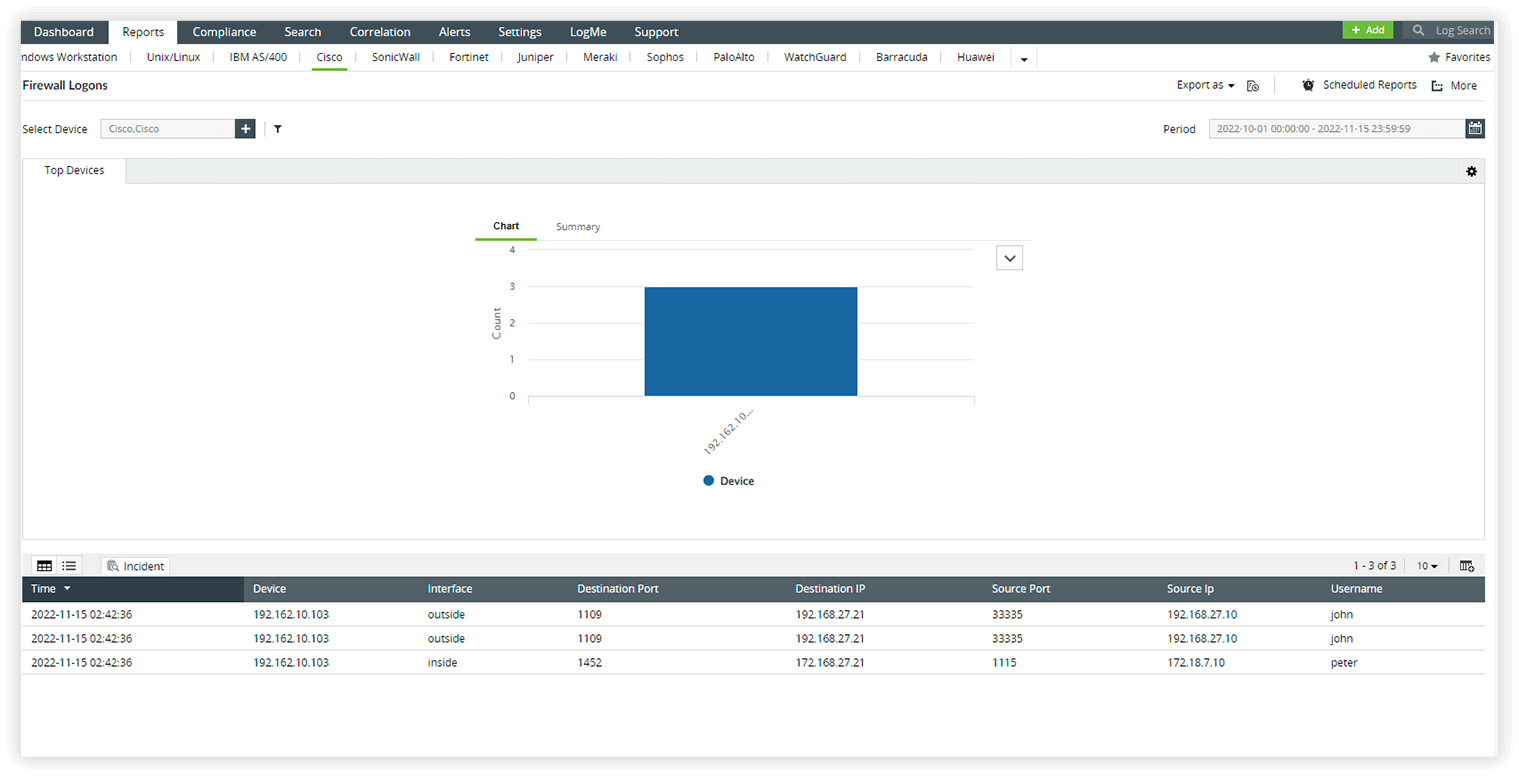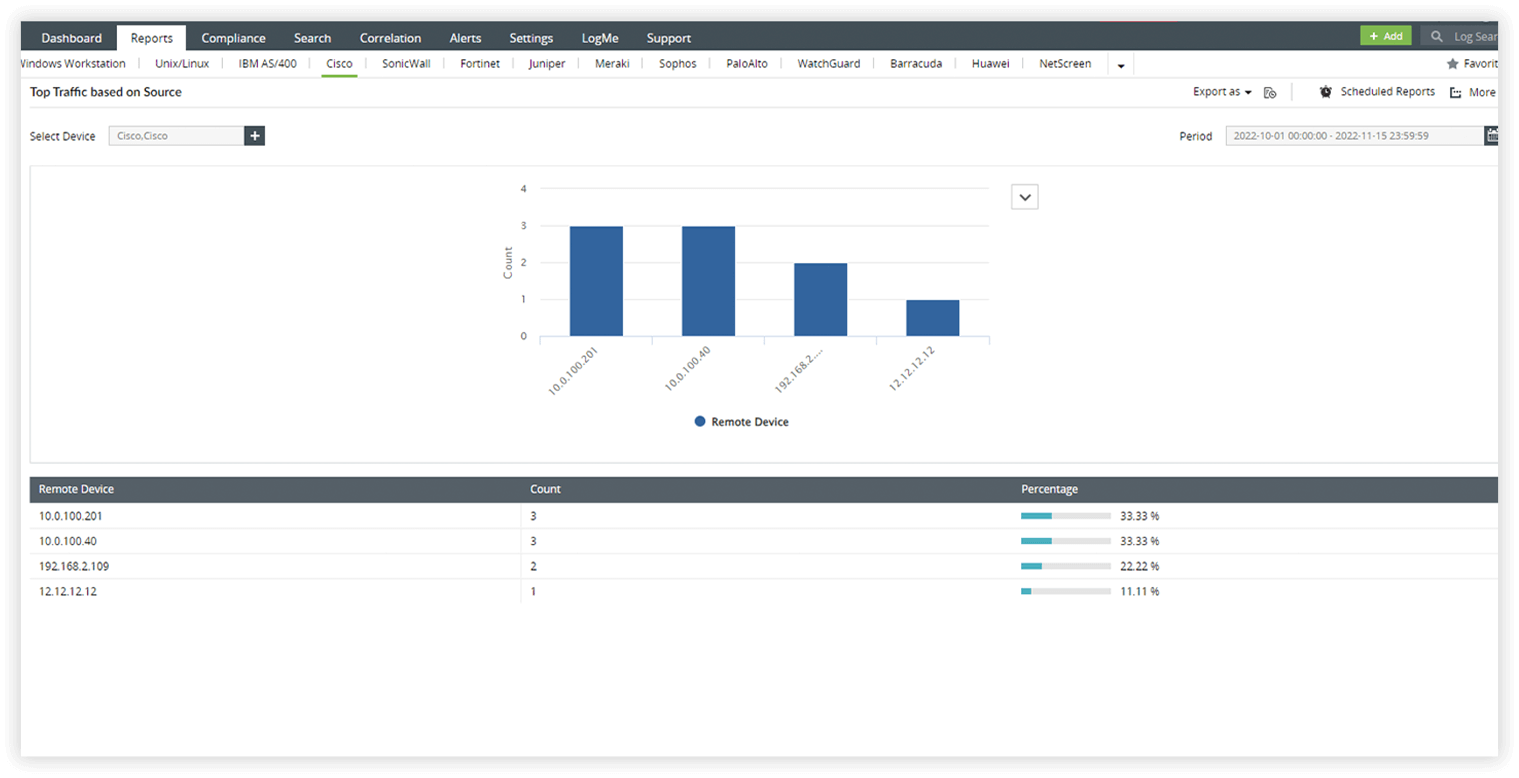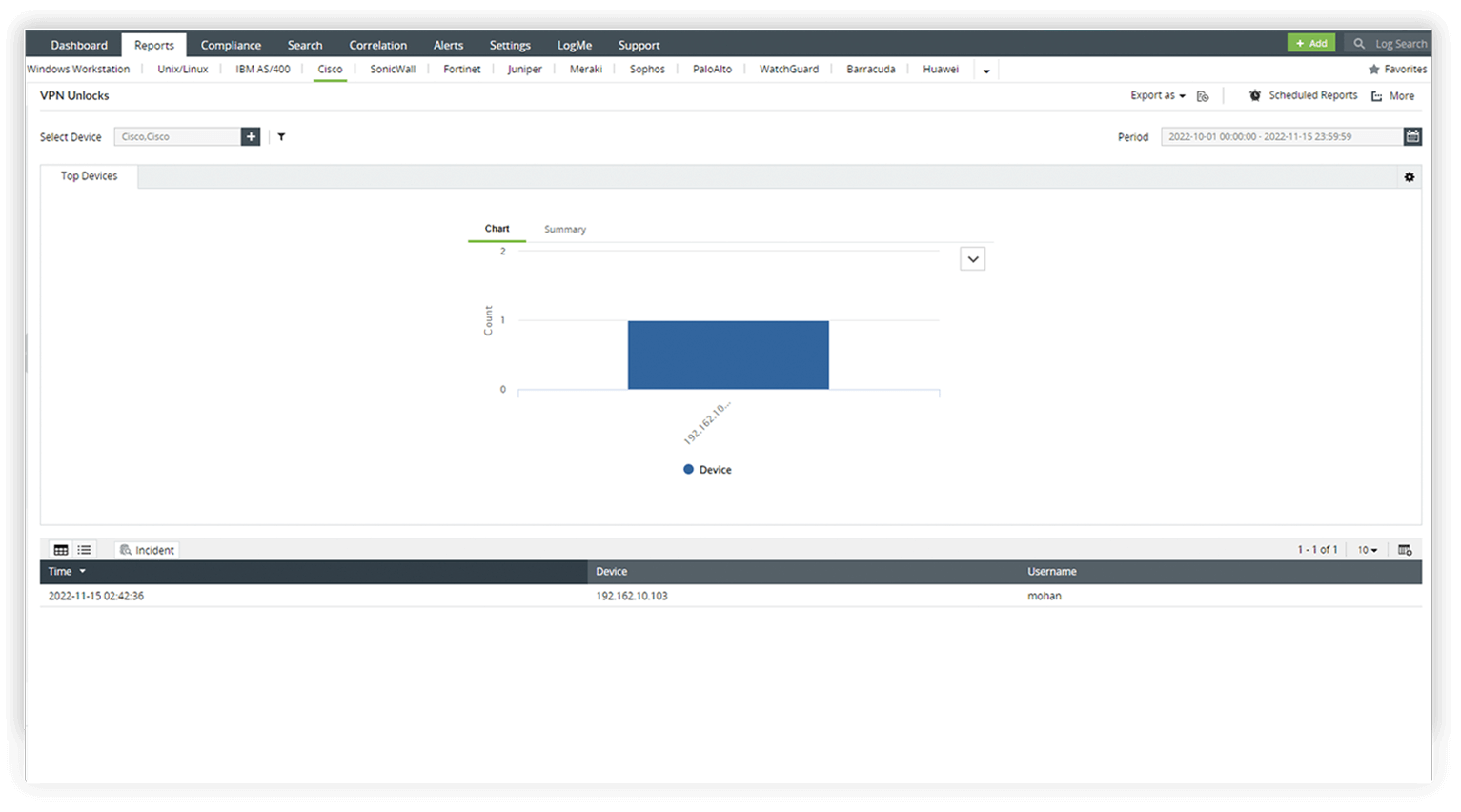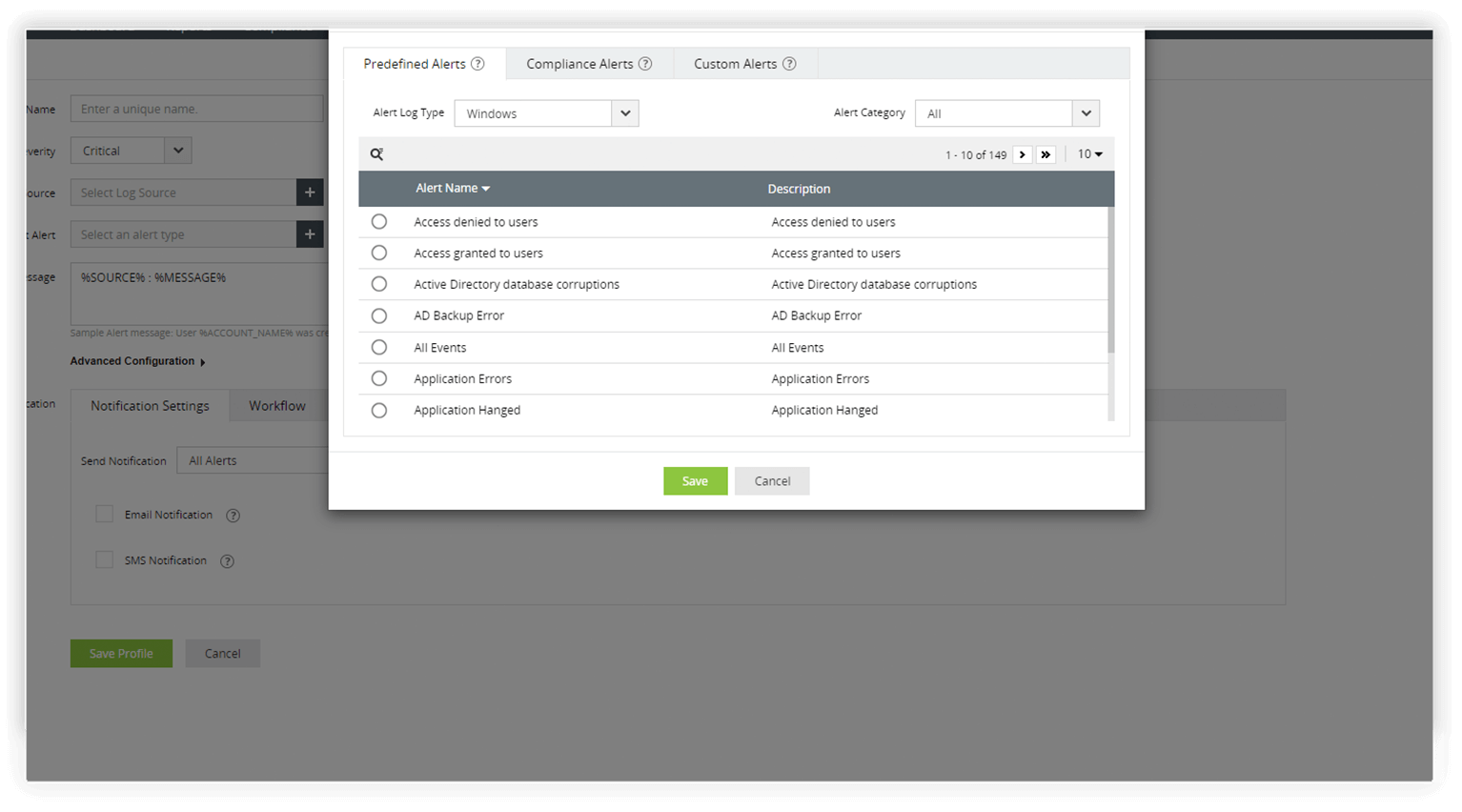Every organization should carefully configure its firewall rules to monitor the incoming and outgoing network traffic and to minimize the risk of falling victim to attacks.
In order to manage inbound and outbound firewall rules effectively, it is important to understand the difference between inbound and outbound traffic.
Traffic that doesn't originate from within your network but wants to enter the perimeter of your network is inbound traffic. This traffic can be directed from a web browser, an email client, an application requesting for a service like FTP or SSH, etc to your network.
Contrary to inbound traffic, outbound traffic originates from within your network. This traffic is from your network users to access websites, and other resources that fall outside your network perimeter.
Regularly monitor the traffic going out of your network. Baseline the normal behavior pattern and set up alerts in your security solution to notify about any unusual spike in the volume of traffic, or data that goes out of your network.
A typical firewall should regulate both inbound and outbound traffic by employing both inbound and outbound firewall rules. Any changes to these rules can cause chaos within the network. Therefore, it's essential to monitor the changes happening to these rules and ascertain if they are legitimate.
EventLog Analyzer, a comprehensive log management solution helps you to monitor the changes happening to these firewall rules and other firewall configurations in real-time. Get detailed reports on who made the change, when it was it made, and from where to ascertain its legitimacy. Further, get instant email and SMS notification for any unauthorized changes. Click here to learn more about the solution.
ManageEngine EventLog Analyzer enhances the firewall features by integrating centralized log management, real-time monitoring, advanced log analysis and threat detection capabilities. It compiles and combines firewall logs in one place, enabling thorough monitoring and analysis.




Interested in a
log management
solution?
Manage logs, comply with IT regulations, and mitigate security threats.
Our support technicians will get back to you at the earliest.
Zoho Corporation Pvt. Ltd. All rights reserved.